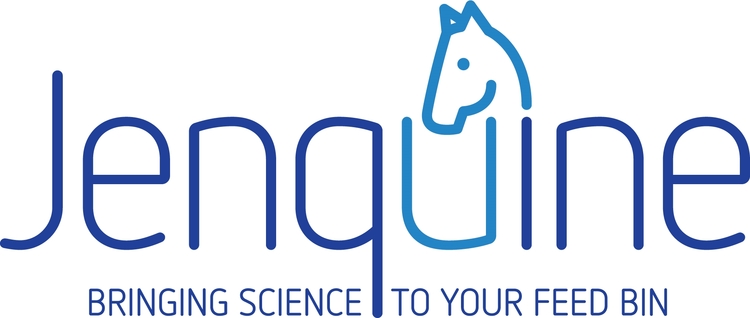Feeding individual vitamin and mineral supplements doesn’t always improve the diet and, in many cases, can result in significant imbalances. Several studies on dressage, eventing, racing and pleasure horses in Australia and overseas have found that 78% of horses fed supplements are likely to receive nutrient excesses at levels high enough to significantly unbalance their diets.
Excessive levels of individual nutrients occur up to 10 times more frequently when supplements are supplied - and deficiencies may still exist. It’s not uncommon to feed more than one supplement concurrently and many people feed over 5 different products. The high average supplement use raises questions about over-supplementation and/or nutrient interactions. Extra vitamins and minerals may be necessary, but caution is needed to make sure that oversupplementation does not occur. Using several supplements can lead to overlap and increase the risk of excesses and subclinical toxicities – so care is required.
Horses receiving multiple supplements are twice as likely to have excessive dietary levels in at least one nutritional category compared with unsupplemented horses, increasing the likelihood of an improperly balanced ration. Borderline excesses and deficiencies rarely create overt clinical disease or produce obvious signs of toxicity - their effects can be difficult to detect, vague and hard to define - poor performance, failure to achieve potential, breakdowns, hoof weaknesses and other ‘syndromes’. For this reason, incorrect feeding has been dubbed ‘the hidden handicapper’.
Oversupplementation with selenium and iodine are the most common causes of toxicity in horses – especially when using commercial feeds and adding various supplements. One of the problems with selenium and iodine is that the signs of toxicity are very similar to signs of deficiency. An even bigger problem is that the signs may not be recognised, can look like other conditions and are difficult to diagnose on clinical signs or routine blood tests. Take selenium for example – excess can cause mild dullness, depression, loss of appetite, weight loss, hoof damage (wall separation, poor hoof quality) and intermittent lameness. All of these signs are found in many veterinary conditions and excess selenium would not normally be on the top of the diagnostic possibilities. To confirm selenium excess requires specialised blood tests.
Because selenium can be such a toxic mineral and the margin of safety is narrow, the APVMA (Australian Pesticides and Veterinary Medicines Authority) https://apvma.gov.au/node/10616 and Poisons Standard https://www.legislation.gov.au/Details/F2020L00017/Html/Text#_Toc28084707 have strict guidelines for feeds and supplements, requiring them to be registered if they contain more than 5mg of selenium per kg.
Iron is another common offender. Iron is recycled in the body and so overload can occur. Horses with metabolic disorders and insulin-resistance syndromes including Cushings are particularly sensitive to iron. Most feeds and soils are high in iron and iron-deficiency anaemia is extremely rare in horses – veterinary diagnosis may include transferrin and ferritin levels.
Toxic dietary iodine concentrations may result from adding excess iodine to concentrates or from using feedstuffs high in iodine. A common feedstuff that may contain excess iodine is kelp (Laminariales), a specific family of seaweeds that may contain as much as 1,850 ppm iodine. Other specific seaweeds, including Fucaceae, Palmariaceae, Gigartinaceae, Bangiaceae and Ulvaceae contain considerably less iodine than kelp
It’s important to have a general understanding of what supplements are, what types of supplements are available and what regulations exist regarding their safety and efficacy. The guidelines for the use of supplements include diet analysis and an awareness of the purpose and likely effect of supplement must be understood. Diet analysis takes the guess work out of diet balancing and removes many of the unknowns. It is so very important to consider and calculate the total daily intake – especially when using multiple supplements or supplements plus prepared commercial feeds. ‘Total daily intake’ is the mantra! Total daily intake: the sum of nutrients from every feedstuff consumed each day!
Providing a correctly balanced formula is less expensive and meets the horses nutrient requirements better than providing a range of supplements without careful calculation and comparison of what is being supplied relative to what is required. Veterinary advice and analysis of total dietary nutrients will avoid the risks inherent in providing several supplements to cover all requirements.
Excess mineral intake appears to be a more significant issue than a mineral deficiency in Australian horses. A surplus can be dangerous as a deficiency and a delicate balance is required. Combining science and practical horsemanship allows us to feed such that health and performance aren’t compromised by what is, or isn’t, in the feed bin.
Dr Jennifer Stewart - Jenquine
Equine Clinical Nutrtion

